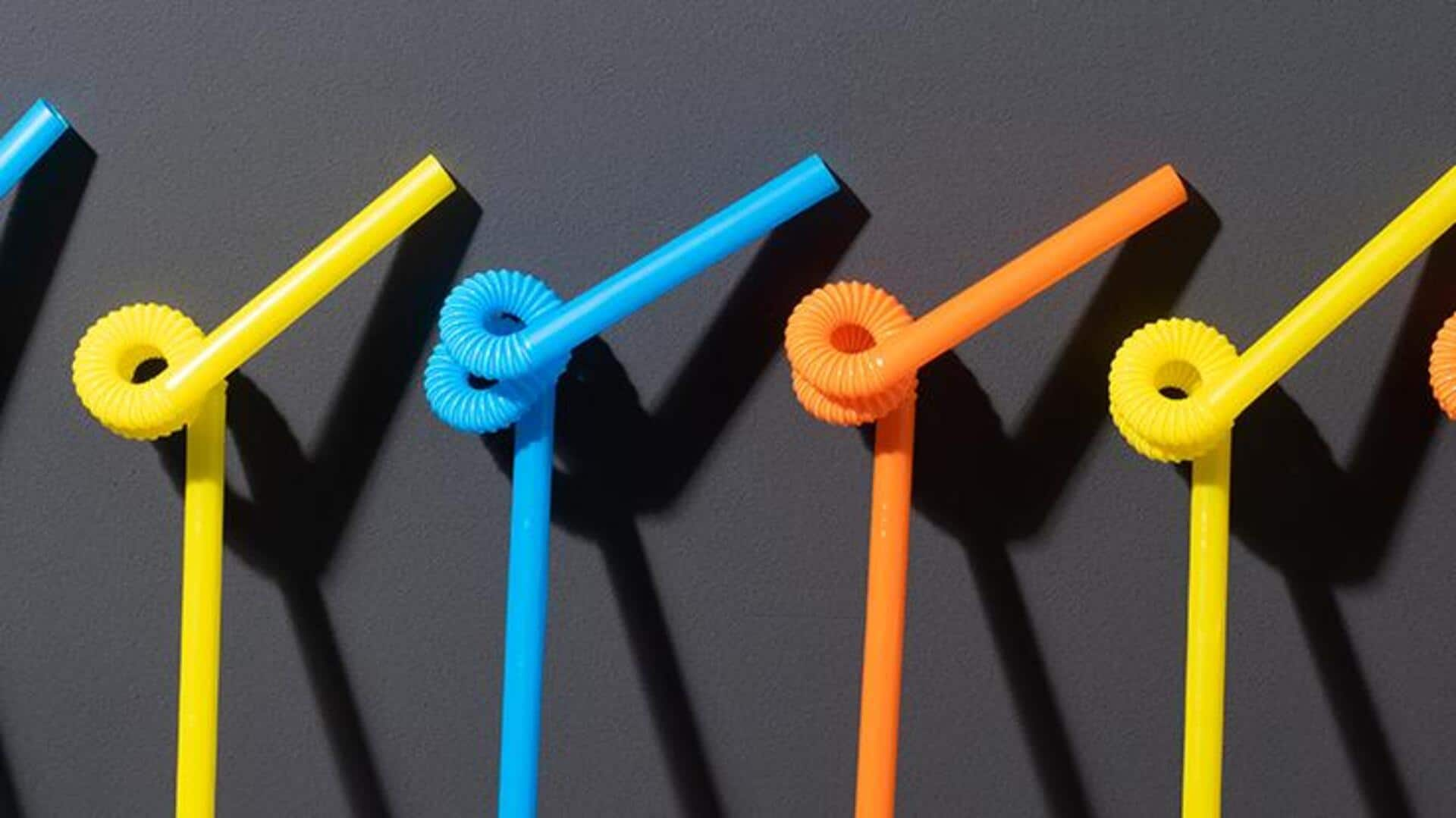
Materials can 'remember' past forces applied on them: Study
What's the story
In a groundbreaking study, researchers from the University of Chicago and Pennsylvania State University have found that materials can "remember" past forces.
The discovery, published in Science Advances, builds on the idea of return-point memory and could revolutionize mechanical engineering, computing, and more.
The research defies conventional understanding by showing that materials can retain sequences of past forces even when pushed in one direction.
Memory storage
Hysterons: The memory units within materials
The study found abstract elements called hysterons, which are units in a material that do not respond to force immediately but "remember" previous deformations.
When these hysterons undergo what the researchers call "frustrated interactions," they can store complex histories of force.
This discovery goes against the established rules of return-point memory, physicist Nathan Keim from Pennsylvania State University explained.
Use
Hysterons and their role in memory storage
Further clarifying, physicist Travis Jalowiec from Pennsylvania State University explained, "Hysterons are elements of a system that may not immediately respond to external conditions, and can stay in a past state."
He compared this to parts of a combination lock mirroring the previous positions of the dial, instead of its current position.
Applications
Practical applications of material memory in mechanical systems
The researchers found that frustrated hysterons could serve as memory banks for the latest deformation and the largest deformation to date.
Keim suggested, "If you can make a system that stores a sequence of memories, you can use it like a combination lock to verify a specific history, or you could recover diagnostic or forensic information about the past."
This principle could be harnessed in artificial materials, allowing mechanical systems to "remember" past states without electronic components.